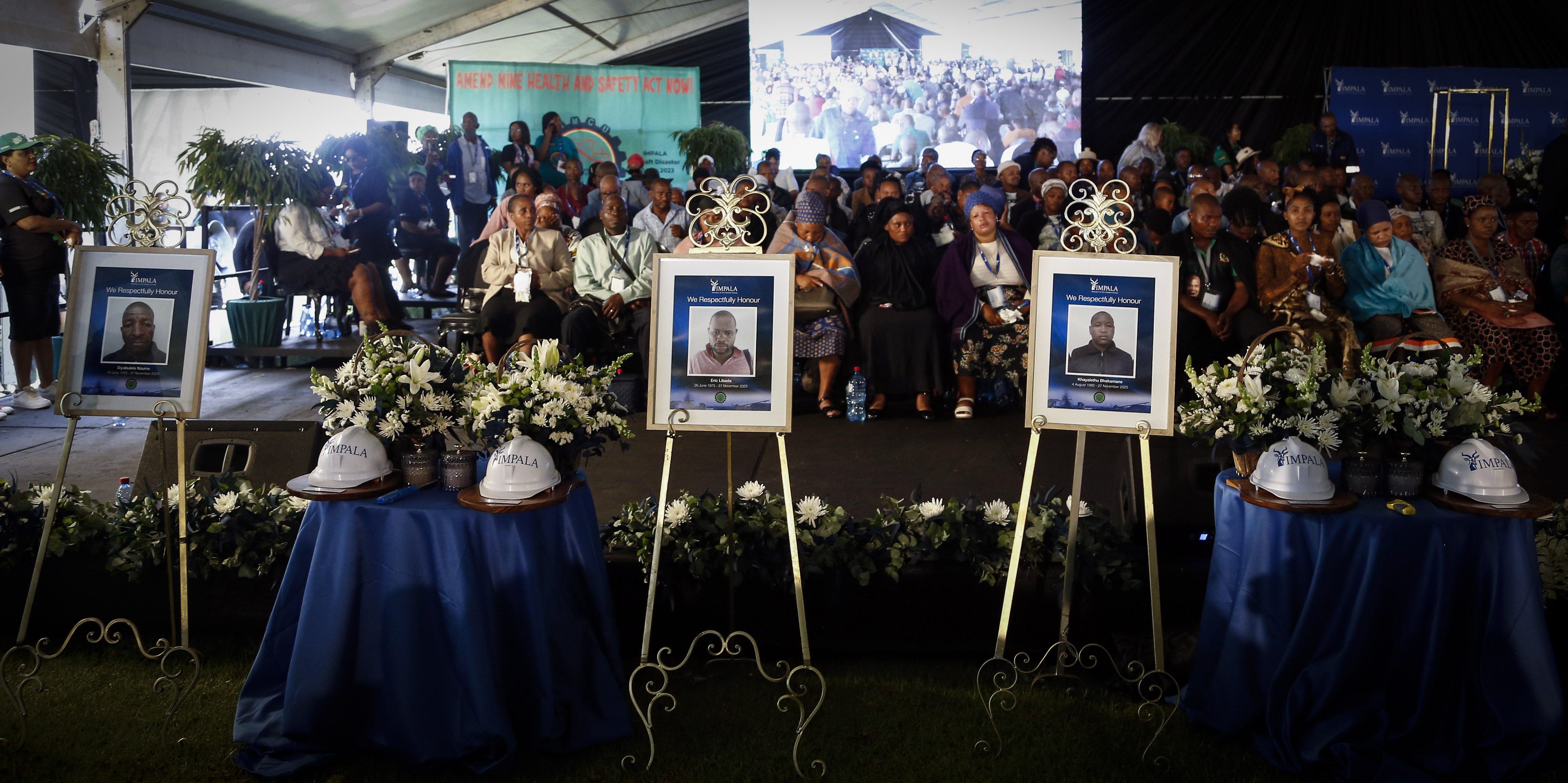Daily Maverick has spoken to Implats executives and lawyers who have sketched out the details of how such an investigation generally proceeds and the possible scenarios that may arise.
In loco inspection
- The Department of Mineral and Petroleum Resources — formerly the Department of Mineral Resources and Energy — initially conducted an in loco inspection. The process of assessing those findings is technical and complex. The department could complete its assessment this year, or in 2025.
- In December last year, after the in loco inspection was complete, the department returned the shaft to Implats to proceed with further investigation and to begin repairs to the damaged infrastructure under the department’s supervision. In January 2024, Implats submitted its initial investigation report. On 9 January 2024, Implats was given permission to use the rock winder at the shaft and begin rebooting the operation, which has been returned to production.
- As the Department of Mineral and Petroleum Resources assesses the findings it has in hand, Implats has been conducting its own investigations and implementing remedial measures. These include ensuring the winder brakes for the conveyance cage cannot unexpectedly disengage.
Scenarios: What happens next?
A formal inquiry will take place, under the guidance of the Department of Mineral and Petroleum Resources, which may take the form of either of the following:
 Miners walk outside the 11C shaft at Impala Platinum mine in Rustenburg. (Photo: Felix Dlangamandla)
Miners walk outside the 11C shaft at Impala Platinum mine in Rustenburg. (Photo: Felix Dlangamandla)
Inquest
One option available to the department is to have an inquest, to be conducted jointly with an inquiry, which would be judicial and probably overseen by a judge or a magistrate. This could potentially run for more than a year.
There are a range of sanctions that could emerge from this process. Fines could be imposed and recommendations to address identified technical shortcomings. Recommendations for criminal prosecution of individuals are another possibility. The department could make such recommendations to the National Prosecuting Authority.
Inquiry
The department could also launch an inquiry into the tragedy, which would be led by a presiding officer from the department. This could also lead to recommendations for administrative fines, and criminal sanctions or remedial action to address any identified shortcomings. Winding engine drivers who operate the winding engine that hoists and lowers the conveyance cages could lose their professional licences.
 Hard hats belonging to the deceased were placed at the memorial service. (Photo: Felix Dlangamandla)
Hard hats belonging to the deceased were placed at the memorial service. (Photo: Felix Dlangamandla)
What we know so far
The full details of exactly what happened on that fateful day have yet to emerge.
What has been made public is that the “emergency protocol” did not engage when the conveyance unexpectedly reversed direction and began descending back down the shaft. This protocol was immediately activated. But while the winder rope that hoists and lowers the cage remained intact, the descent was not arrested.
Read more: Failure of emergency protocol led to death of 11 Implats miners after ‘rapid descent’ of conveyance cage
The result was a “rapid descent” of about 160 metres that ended with a jarring stop as the lift hit steel beams near the bottom of the shaft. The cage had three decks with 86 personnel distributed on each, and those on the lowest deck experienced the worst casualties.
Eleven employees died at the scene, two later died in hospital, and the other 73 sustained injuries that varied in severity.
What is at stake?
Getting to the bottom of this matter would hopefully bring some closure to the families and friends of the deceased. It would also help to prevent a repeat of such a tragedy — which is crucial as South Africa still has many deep-level mines in operation. DM




 Hard hats belonging to the deceased were placed at the memorial service. (Photo: Felix Dlangamandla)
Hard hats belonging to the deceased were placed at the memorial service. (Photo: Felix Dlangamandla) 